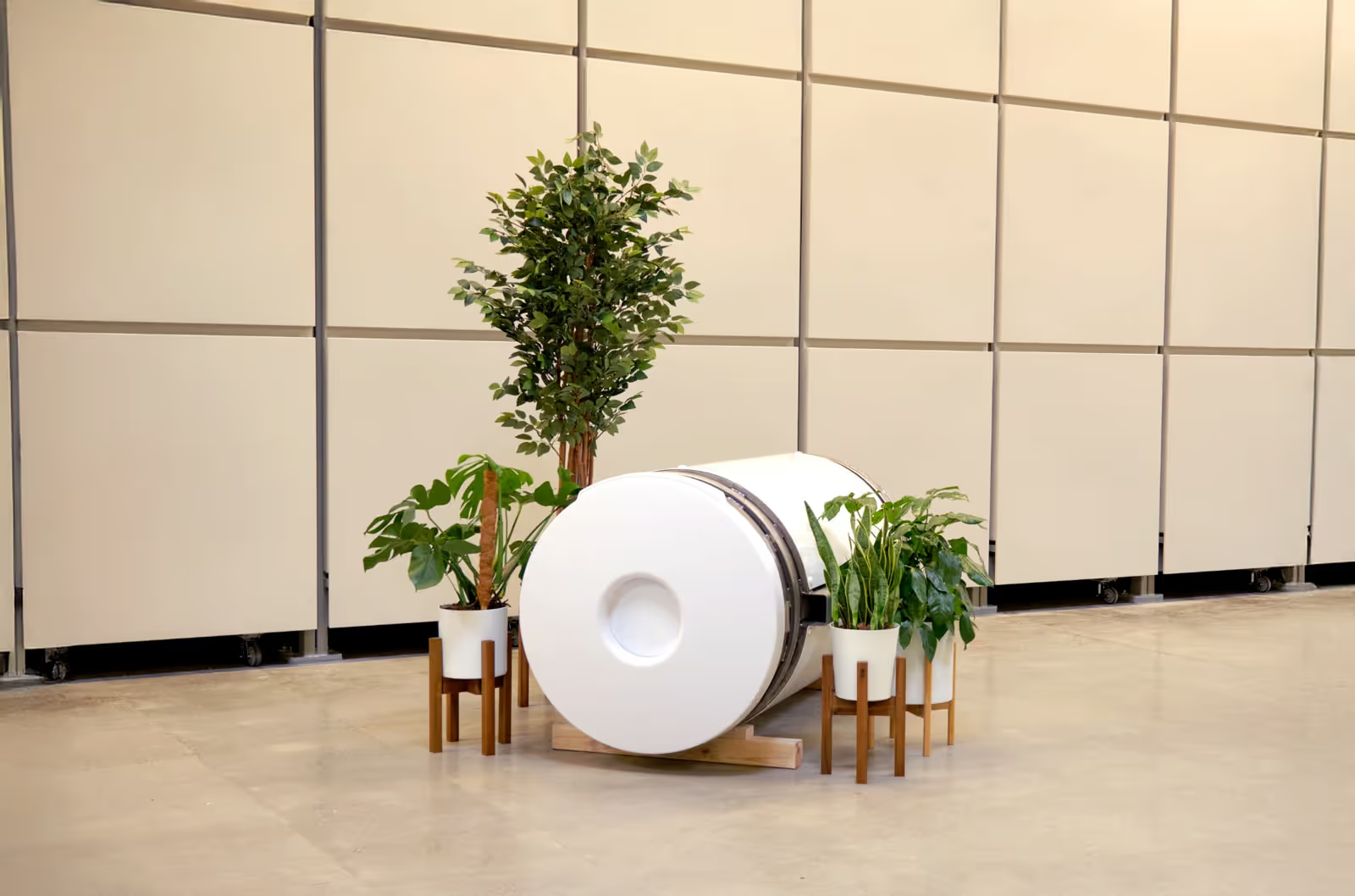
The Importance Of Soil Health
by
Tom Harries


by
Tom Harries
Soil Transformation
|
May 26, 2022
The topic of soil health does not receive much attention in public climate discussions. Healthy soil is, however, paramount to a healthy ecosystem. Its importance is perhaps underappreciated at present, although research and awareness concerning soil health is growing.
Healthy soil is important because it filters water, provides nutrients to plants and animals, sequesters carbon (ie captures and stores carbon dioxide), and helps regulate global temperatures. It also filters and detoxifies potential polluting substances, including industrial outputs.
In short, soil health impacts our air, water, plants, animals and landscapes. Producing healthy soil and regenerating existing soil are therefore important considerations for our planet.
One source of healthy soil is soil transformation. Also known as natural organic reduction or human composting, soil transformation is a natural, environmentally-friendly alternative to burial and cremation. The process gently transforms a body into nutrient-rich soil.
Soil transformation is increasing in both popularity and availability in the US. As well as avoiding the negative environmental impacts of traditional funeral practices during the actual transformation process, the final soil output can be directed towards actively positive conservation efforts.
This article looks at the features that make for healthy soil, along with the ways in which soil transformation can help the environment.
Soil health is determined by how well soil performs the functions described above - filtering water, sequestering carbon, providing nutrients and regulating temperature. Healthy soil performs all of these functions well whereas soil with poor health may be lacking in some or all of these functions.

Performance is measured by looking at the organic matter contained in the soil, as well as its physical, chemical and biological properties. Qualities such as nutrient retention, soil pH and microbial activity can all be measured to assess soil health.
Soil produced through processes such as composting, with soil transformation one example, can be tested to check its health. Further, the processes themselves can be designed and refined to ensure that the soil output is healthy.
The health of existing soil can also be improved through soil management techniques. Such practices include planting a variety of different plants on the land and reducing any disturbance to the soil.
The soil transformation process returns nutrients from our bodies to the natural world. The combination of the natural materials used in the process and the human body’s goodness contributes to a nutrient-dense, healthy soil output.
This soil can then be used to restore forests and revitalize challenged ecosystems, performing all of the functions of soil outlined above.
Earth’s unique soil transformation process takes 30 days. Our proprietary vessel-technology recreates conditions found in the natural world, creating the perfect conditions for naturally occurring microbes and beneficial bacteria to break the body down on a molecular level.
To achieve the correct balance of carbon and nitrogen, we use a proprietary combination of locally-sourced, organic materials. These are naturally carbon or nitrogen dense and include organic mulch, woodchip and wildflowers.
The Earth process produces an approximate cubic-yard of soil, which can be used to restore forests, preserve conservation land, nourish gardens and combat erosion. Families choose how much of the soil they would like returned - for scattering or planting - and the rest is used for conservation purposes.

We purchase land to restore and protect using the nutrient-rich soil from our process. Restoration projects include reforestation, erosion control, revitalizing plant and wildlife, and restoring ecosystems destroyed by wildfires.
Soil transformation also helps the environment by avoiding the negative impact of traditional funeral practices. Cremation is a process that is dependent upon fossil-fuels and which therefore creates significant carbon emissions. Burial is an increasingly unsustainable practice, which requires valuable urban land. In contrast, soil transformation uses renewable electric energy sources and produces no net CO2 emissions.
{{CTA}}
It is clear that a focus on soil health can have far-reaching positive effects for the environment. To see these effects in full, it will be necessary both to implement soil management practices to regenerate existing land, and to introduce new healthy soil that has been produced through processes like soil transformation.
With its positive impacts on the environment, soil transformation is the funeral choice for nature lovers, conservationists, and for those of us who want to protect the planet for future generations.
You can read more about Earth's process here, and find out more about sustainable funeral practices and the wider industry on our resources page.

Soil Transformation
On a recent episode of 50+ & Unfiltered, Stewart casually shared that she plans to skip burial and cremation entirely: “Oh, I’m going to be composted. These coffin things and all that stuff? No way.”
12/8/2025
3 min read

Green Funeral Practice
As families consider human composting as an alternative to cremation and burial, questions naturally arise about what happens to bones, dental work, and medical implants during the process.
11/5/2025
4 min read